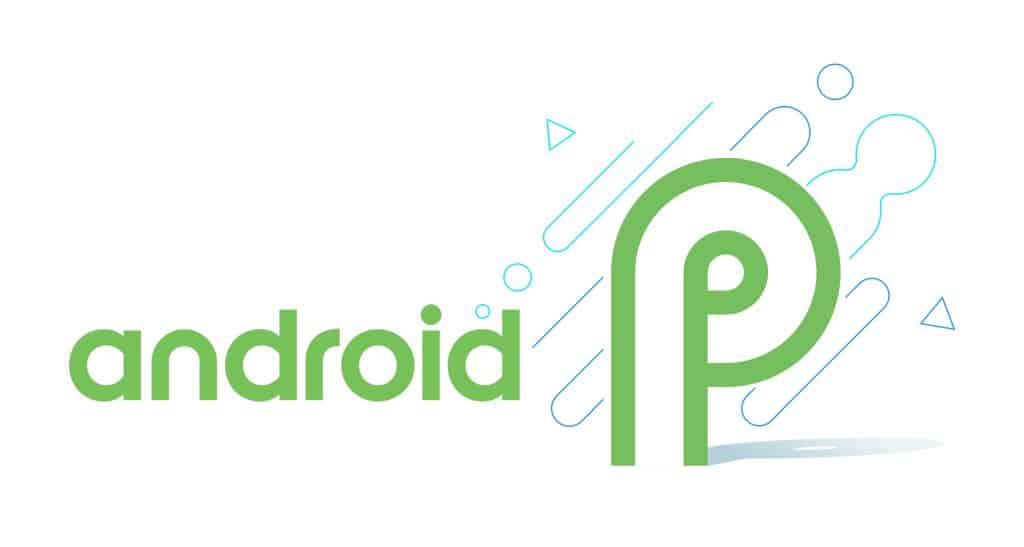The highly anticipated next release of Google’s Android OS is expected to be rolled out to compatible mobile phones some time late August 2018. Unfortunately not all Android devices will benefit from this latest upgrade where only about 1.1% of devices recently manufactured are expecting to be compatible with the latest ‘P’review. [Review]
This would be Google’s 9th release of the operating system after it was initially released in September 23, 2008. Currently the preview release has already been released and made available for download to interested application developers.
There are hints that certain iPhone features will make their way into this build.
So what are the new features
Improved notifications
Although it appears on the surface that many of these features may have been taken from the iPhone initially but notifications have been upgraded. With Smart Replies (Google’s AI response to texts etc) and Images are now been embedded in display notifications.
Android P Notifications
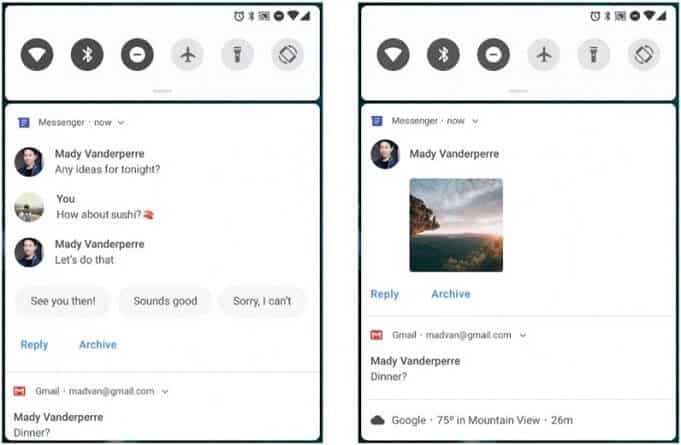
HDR and HEIF support
Android P will provide support for two new initialisms to sink your teeth into. High Dynamic Range or HDR aims to capture multiple images at once to improve the ratio between light to dark in a photograph. HEIF is a new image compression format which stands for High Efficiency Image Format.
HDR and HEIF support will now be built directly into the operating system. Android P now provides native support for the HDR VP9 profile. What does this mean? Well HDR movies using the profile can be watched using any media player. In previous versions the media player application needed to support HDR profile in code.
Example of HDR
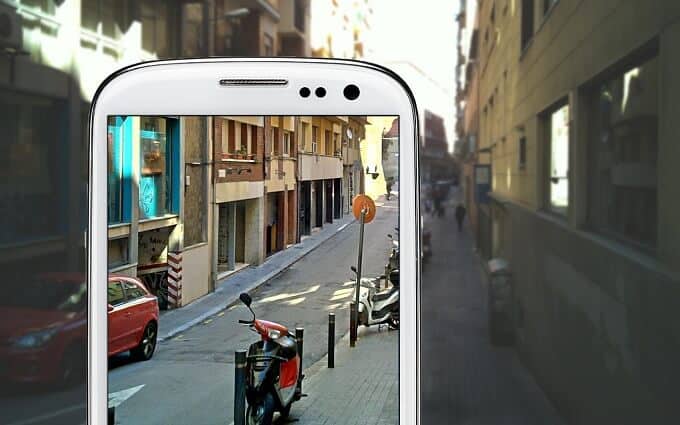
Android P controlled cameras can now store twice as much data using compression than in the past. Suggesting that images taken will be of a much higher quality and use less phone storage space.
Indoor WiFi navigation
GPS has been a greater feature that has been added to phones as early as 1999. With steady improvement we now have high quality mapping software integration which allows us to navigate to any destination in any part of the world. But that is where it stops. GPS navigation previously failed to navigate you to places inside covered structures such as shopping centers, hospitals and universities.
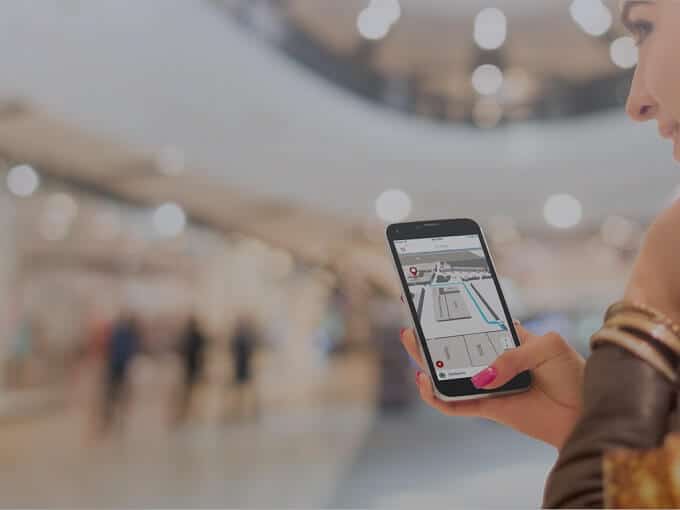
This is now possible. The IEEE released a standard Wi-Fi protocol called 802.11mc and known as Wi-Fi RTT (Round Trip Time). This allows the device to pin point itself with an accuracy of one to two meters. Developers can then build apps that provide in-building navigation and other more accurate location based services.
The ‘Notch’
The main new features appear to center around the improved on-screen notifications and the cut-out section which featured in the new iPhone X. This cutout section commonly referred to as the ‘notch’ is a section of the screen which houses the forward facing camera and sensors. In there is no standard size in width or height of this notch.
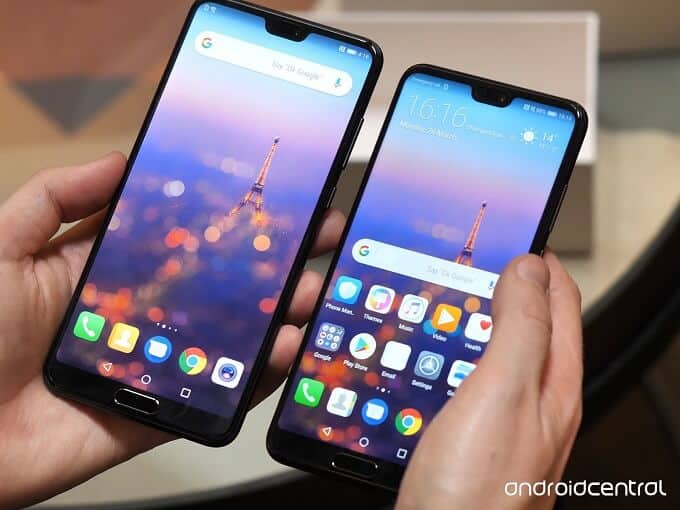
The new Android P platform now has a cut-out API which allows the developers to find out the location and shape of the non-functional areas where content cannot be displayed.
Improved security
Every user has come to expect that any new version will be release with new improvements and bug fixes to security. This release goes further with more focus on users security. Android P applications will not be able to access your camera, microphone and other sensors while they are running in the background. The user has to explicitly provide permissions and the application needs to be perfectly clear by a persistent notification that it is actively recording images and sound. This was not the case in prior Android releases.
Device backups are now completely encrypted protected by a client-side secret key. Therefore your password, pattern or PIN is now used to encrypt your data before it is backed up to the cloud.
Applications which push and pull data from Internet servers will now need to use HTTPS. The Android P developers can request that the user opts out of this but it’s not advisable. Therefore any data between a device and a server will be encrypted.
Other features
This release will include support for dual cameras, a new innovative slider for volume control and an auto rotate button in the navigation. Stay tuned to this blog for more information as the release date nears.


